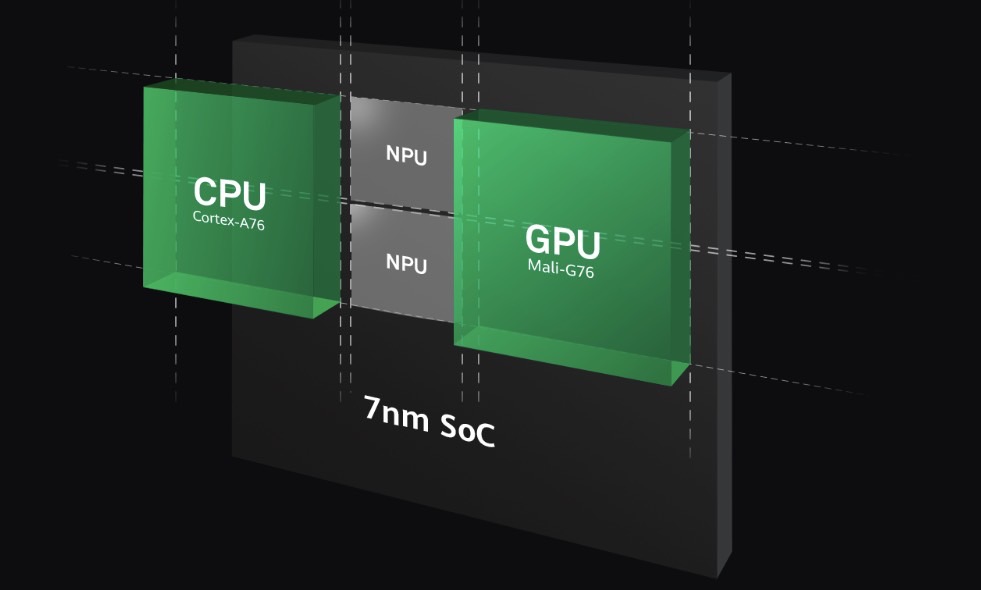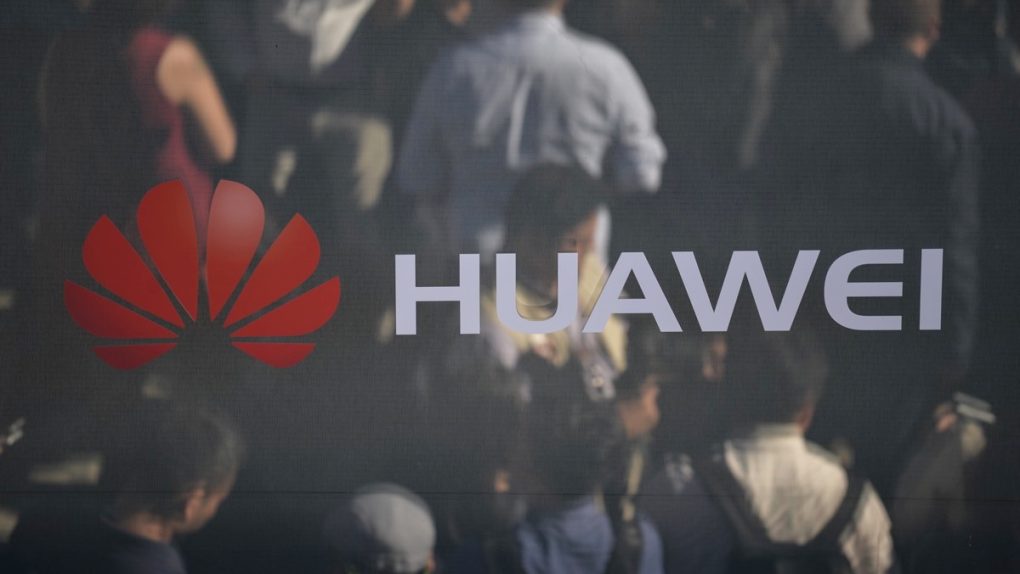The first Android phone that has a real shot at competing against the iPhone XS is coming in October, but it’s not the Pixel 3 or Pixel 3 XL. If you’re following Android rumors closely, you already know that the device in question is coming from the Chinese manufacturer that aims to become the number 1 handset seller in the world. That’s right, it’s the Huawei Mate 20 Pro, the high-end handset of the Mate 20 series that has appeared in plenty of leaks so far. Now we officially know that the Mate Series will be unveiled in October — well, the regular Mate 20 and the Pro version, given that the Lite model already launched a few days ago.
The news comes from Huawei, which unveiled the world’s first 7nm chip at IFA 2018 in Berlin, Germany, adding that the first Kirin 980-powered Mate Series device is scheduled to arrive in October. Because Huawei was first to announce the 7nm chip, the Kirin 980 does qualify as the world’s first commercial 7nm processor. But in a few weeks, the first smartphones in the world featuring a 7nm chip will be released, the 2018 iPhone XS duo and Apple’s new upper mid-range iPhone, which will all run Apple’s A12 chip.

Getting back to Kirin 980, Huawei says the TSMC-made 7nm chip packs 6.9 billion transistors within a square-centimeter die size, or 1.6 times more than the previous generation. The chip will be 20% faster and 40% more efficient than 10nm chips. As a reminder, all other 2018 Android flagships have 10nm chips made by Qualcomm, Samsung, Huawei, and others. The Pixel 3 will also pack the 10nm Snapdragon 845 platform that is found inside the Galaxy S9, the Note 9, the OnePlus 6, and many other phones.
The Kirin 980 is the first SoC in the world to feature new Cortex-A76 cores, which are 75% more powerful and 58% more efficient than predecessors. The chip packs eight cores in total, including two super-big Cortex-A76 cores for heavy-duty processing, two big Cortex-A76 cores for sustained performance, and four small Cortex-A55 cores for increased efficiency during regular activities.
The Kirin 980 is also the first in the world to include the Mali-G76 GPU, which is 46% faster and 178% more efficient than the previous generation. The GPU also comes with AI capabilities that allow it to determine workloads and adjust resource allocation to save battery life.
Also included in the platform is a 4G LTE chip that can deliver speeds of up to 1.4Gbps, or the world’s first modem to support LTE Cat.21. It’s not 5G, but the next best thing.
A dual NPU is present as well. That’s a neural processing unit, the kind that we saw on the Mate 10 last year. The new chip can recognize up to 4,500 images per minute, a 120% increase compared to the previous year.
Huawei’s fourth-gen ISP is also included in the Kirin 980 package, which includes a bunch of features meant to improve mobile photography such as better support for multi-lens cameras, all-new HDR color reproduction technology, and a multi-pass noise reduction solution that removes artifacts to improve low-light photography. Other features include improved motion tracking, as well as support for capturing videos with 33% shorter delay.
With all that in mind, we’ll have to wait for Huawei to launch the Mate 20 Pro to see how fast it is compared to 2018 Android flagships and the iPhone XS. As for Qualcomm’s 7nm Snapdragon 855, samples are already being sent to the company’s partners and we should see it in Android flagships starting early next year.








